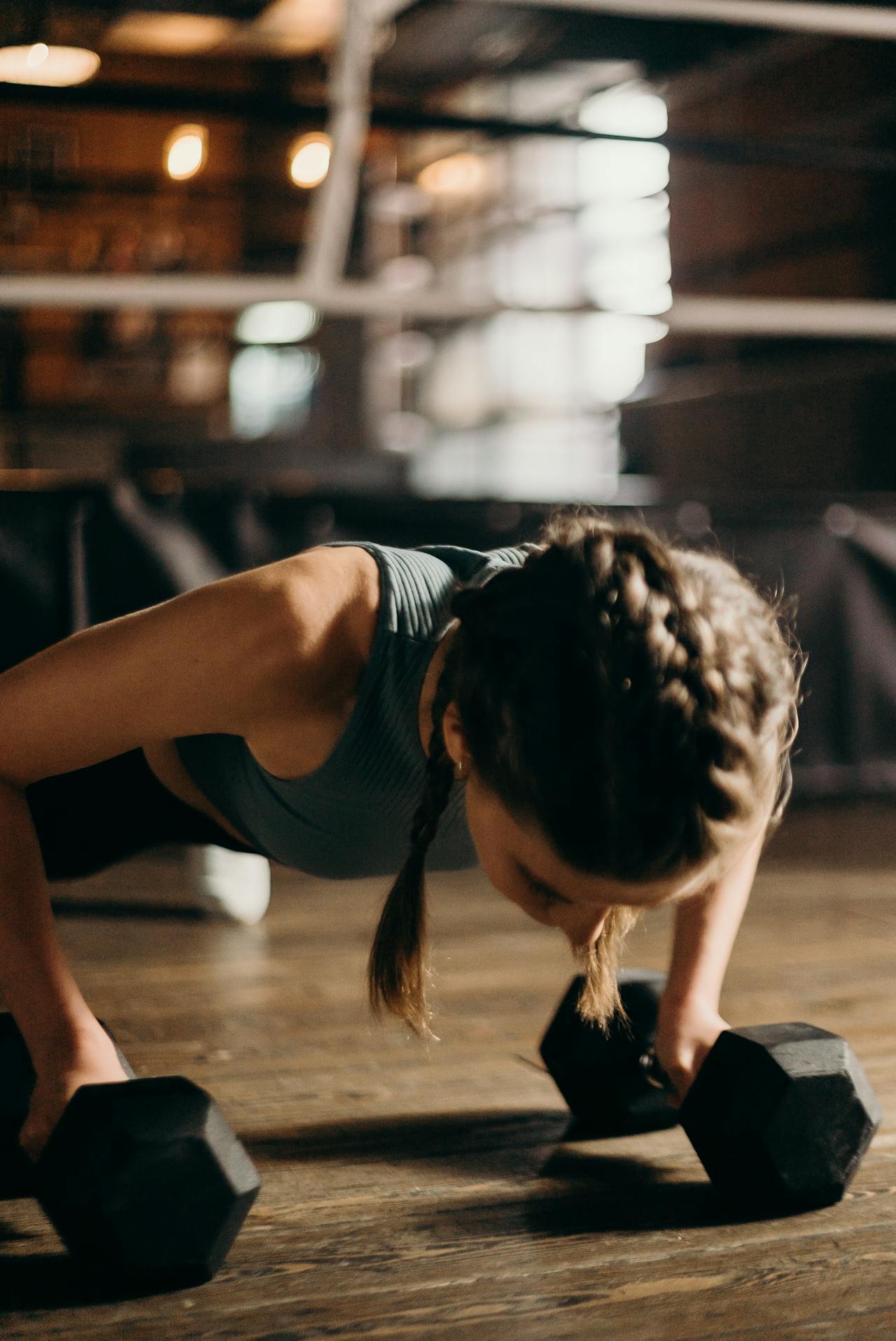
Isometrics for Sports and Martial Arts
Use-cases
Explosive Power
Athletes often need to generate explosive power from a stable, controlled position (e.g., throwing punches, kicks, or initiating a sprint). Isometric training strengthens muscles at specific joint angles, improving ability to hold power stances or maintain tension before quickly transitioning into explosive movements. This helps improve the explosive power needed for strikes, throws, or rapid changes in direction.
Stability and Balance
Maintaining balance and control during movements like kicks, grappling, and dodging is crucial. Isometric exercises enhance the stability of key muscle groups, particularly in the core, legs, and shoulders. By strengthening stabilizer muscles, athletes can maintain better control during dynamic movements, resist being knocked off balance, and stay grounded during complex maneuvers.
Strength in Specific Positions
Isometric training allows athletes to target specific angles where they need to develop strength. For example, holding a squat position or a lunge helps athletes build strength at angles commonly used in fighting stances, grappling, or athletic movements.
Endurance
Isometric training improves muscular endurance, helping athletes hold positions for extended periods without fatigue. By training muscles to endure static tension, athletes can better maintain their performance during long rounds or matches.
Injury Prevention
Isometric exercises strengthen not only muscles but also tendons and joints, reducing the risk of injuries. Martial artists and athletes are at high risk of joint injuries due to the physical demands of their sports. Isometric training, by reinforcing these critical structures, helps athletes stay resilient to the stresses of high-impact movements.
Core Strength
A strong core is vital for generating power and maintaining balance. Static holds are highly effective at building core strength. This improved core stability helps athletes maintain strong stances, deliver powerful strikes, and control body movements.
Tendon and Ligament Strength
In martial arts, the tendons and ligaments must be strong to support the rapid acceleration and deceleration required for strikes (e.g., punches and kicks). Isometric training strengthens these connective tissues, improving the ability to execute and absorb high-impact movements while reducing the risk of injury.
Breathing Control
In martial arts, controlling your breath is essential for maintaining stamina and staying calm under pressure. Isometric exercises require holding tension while regulating breath, which mimics the breathing control needed during intense combat. This practice helps martial artists maintain energy and focus throughout a fight or competition.

IsoStage at your gym
Create competitive advantage for your athletes